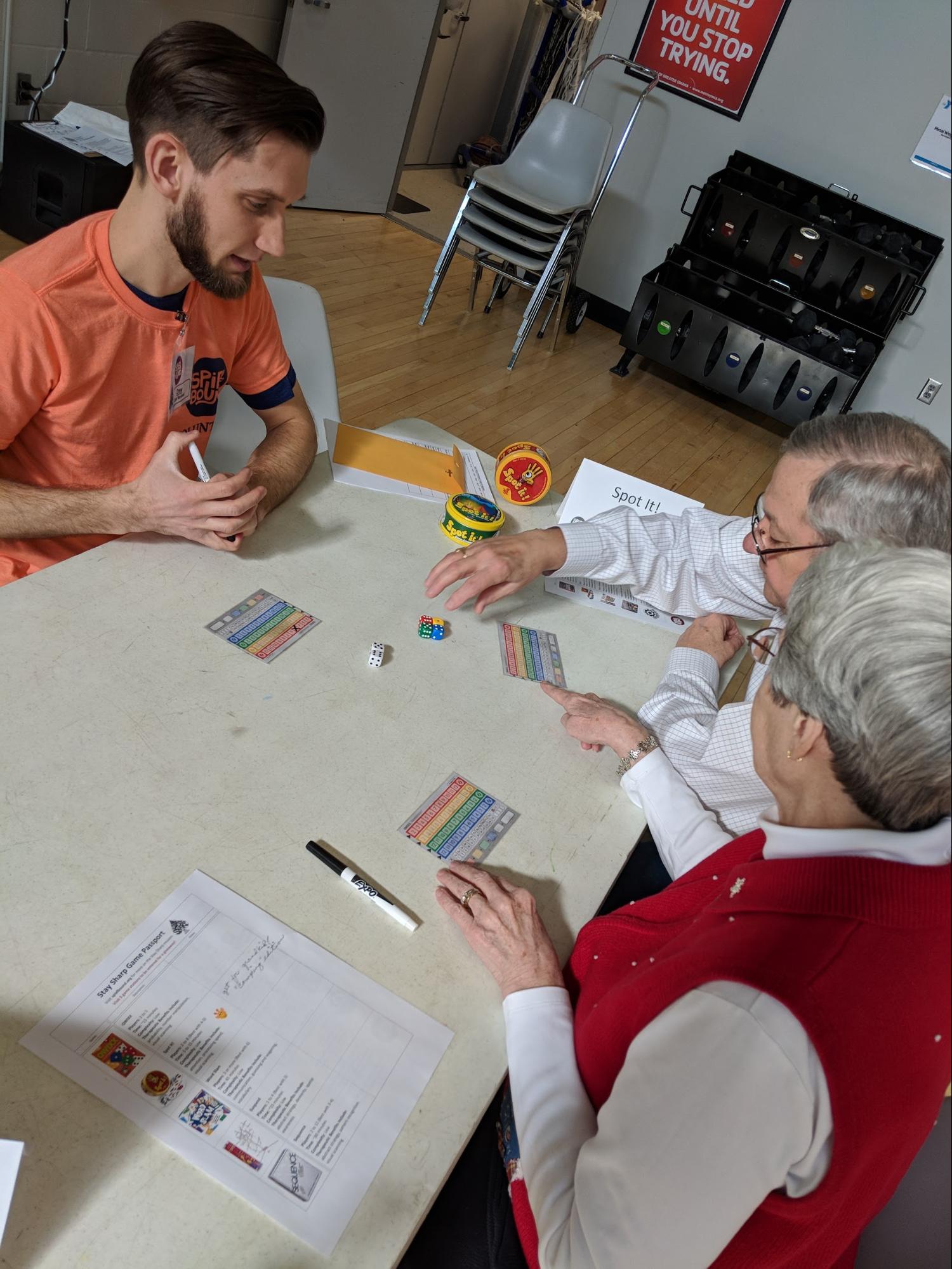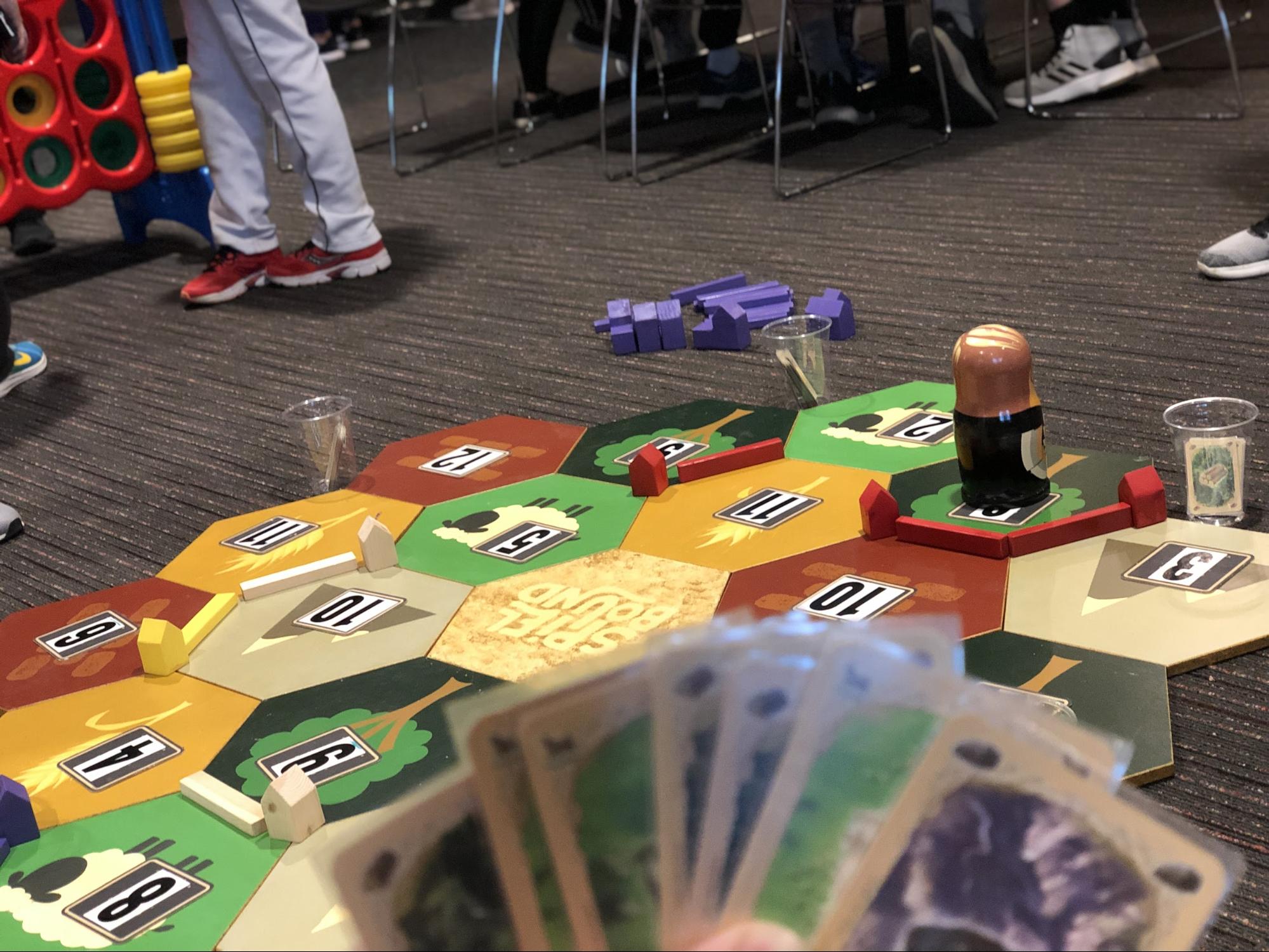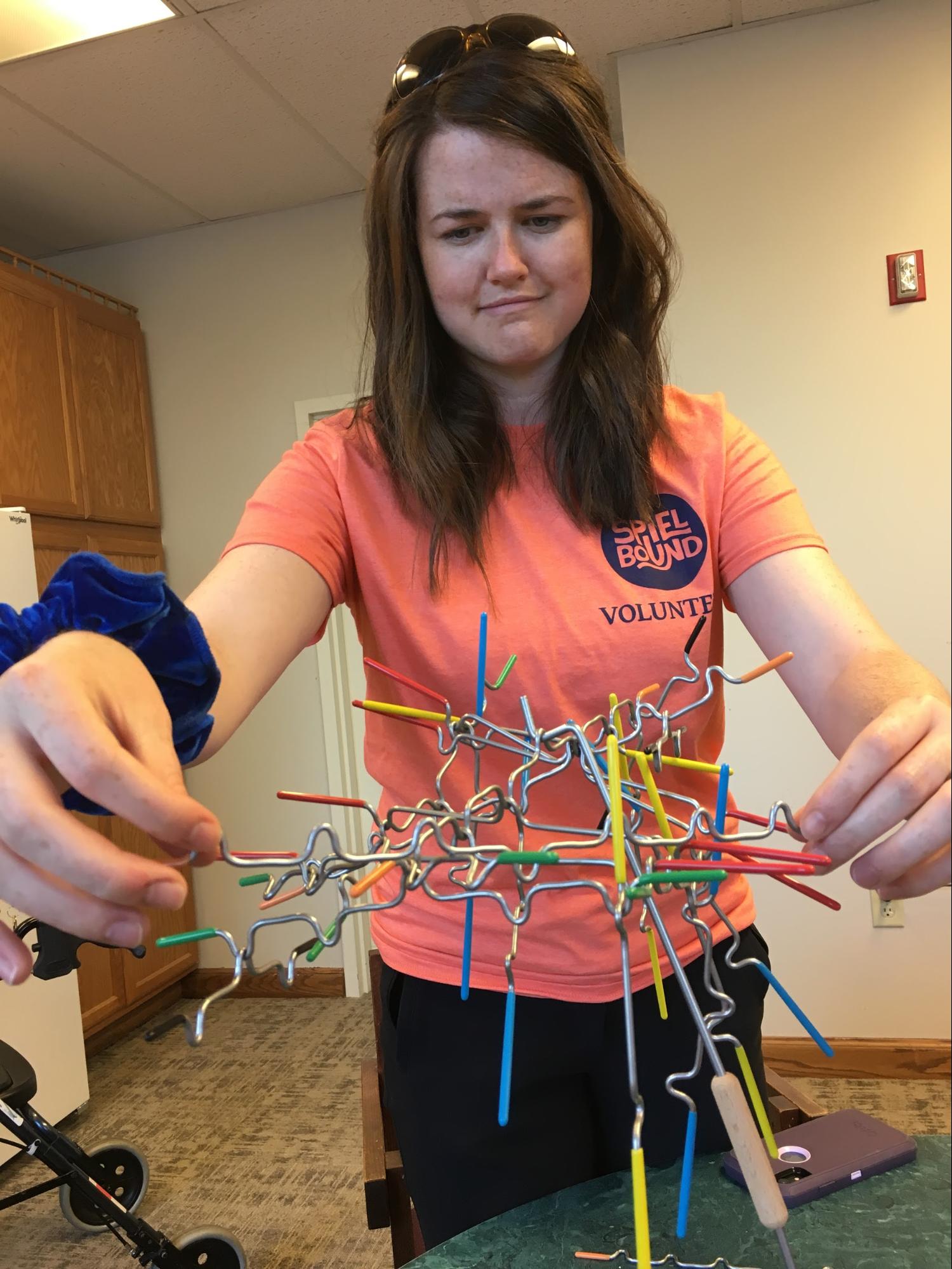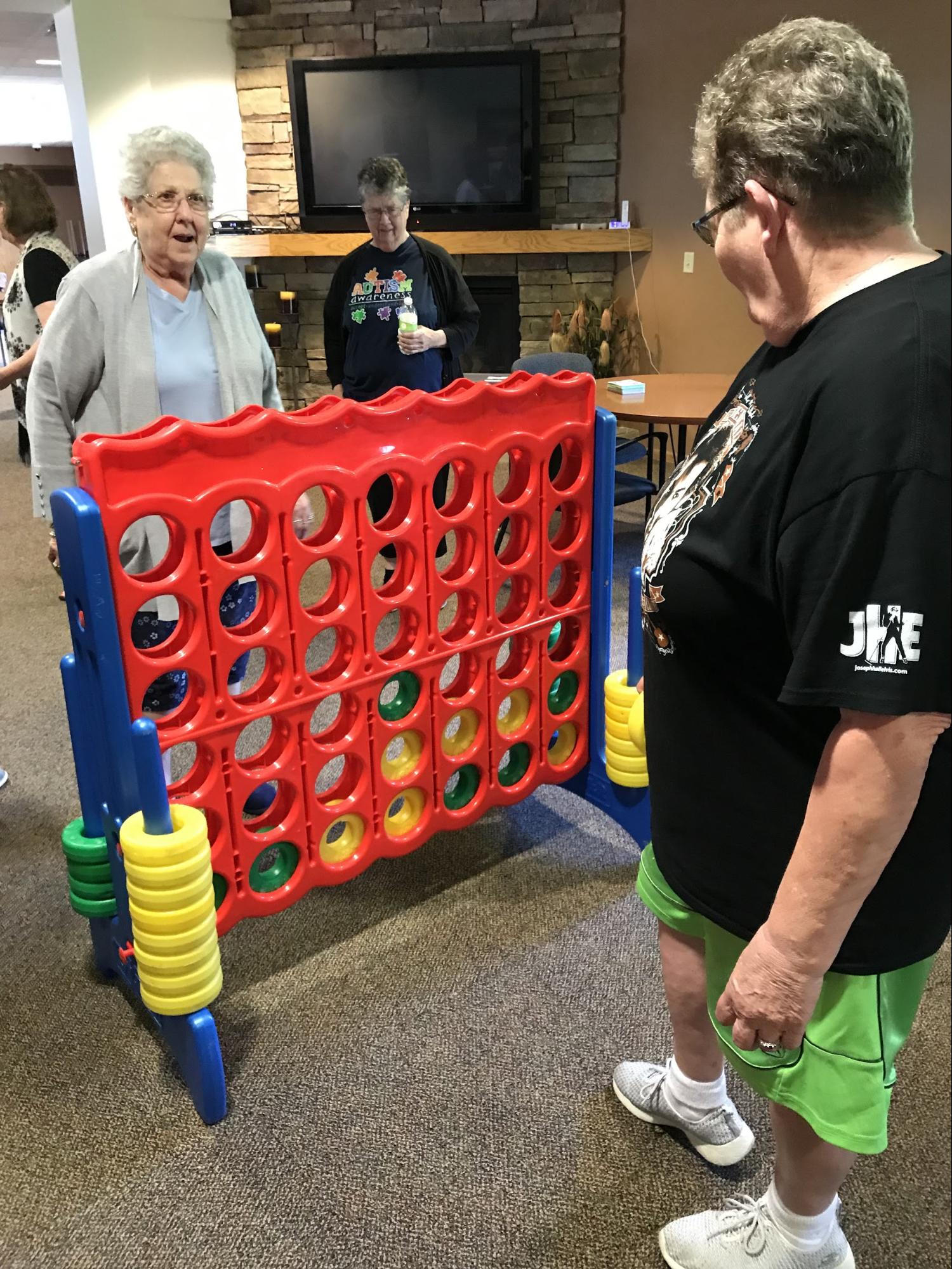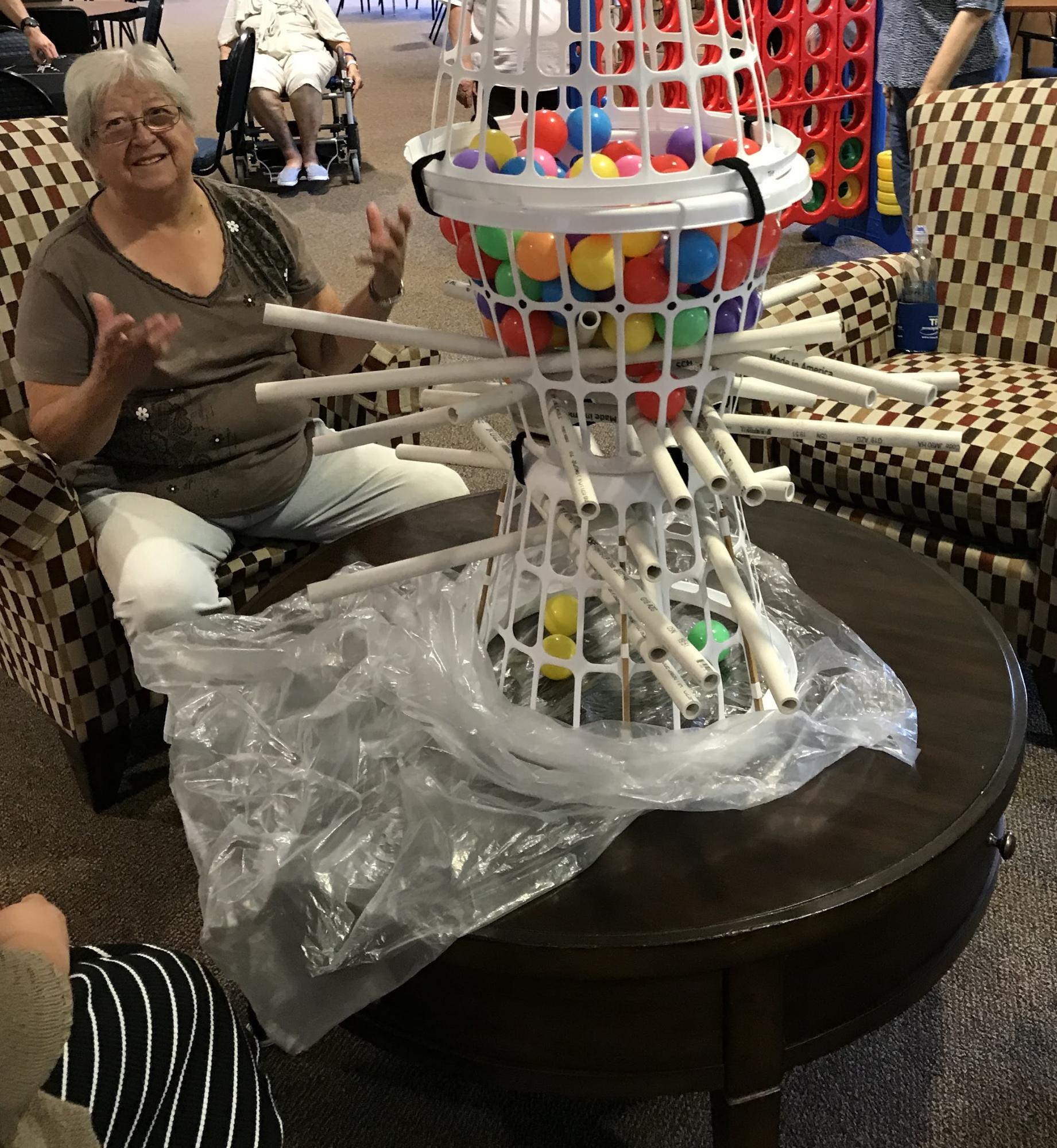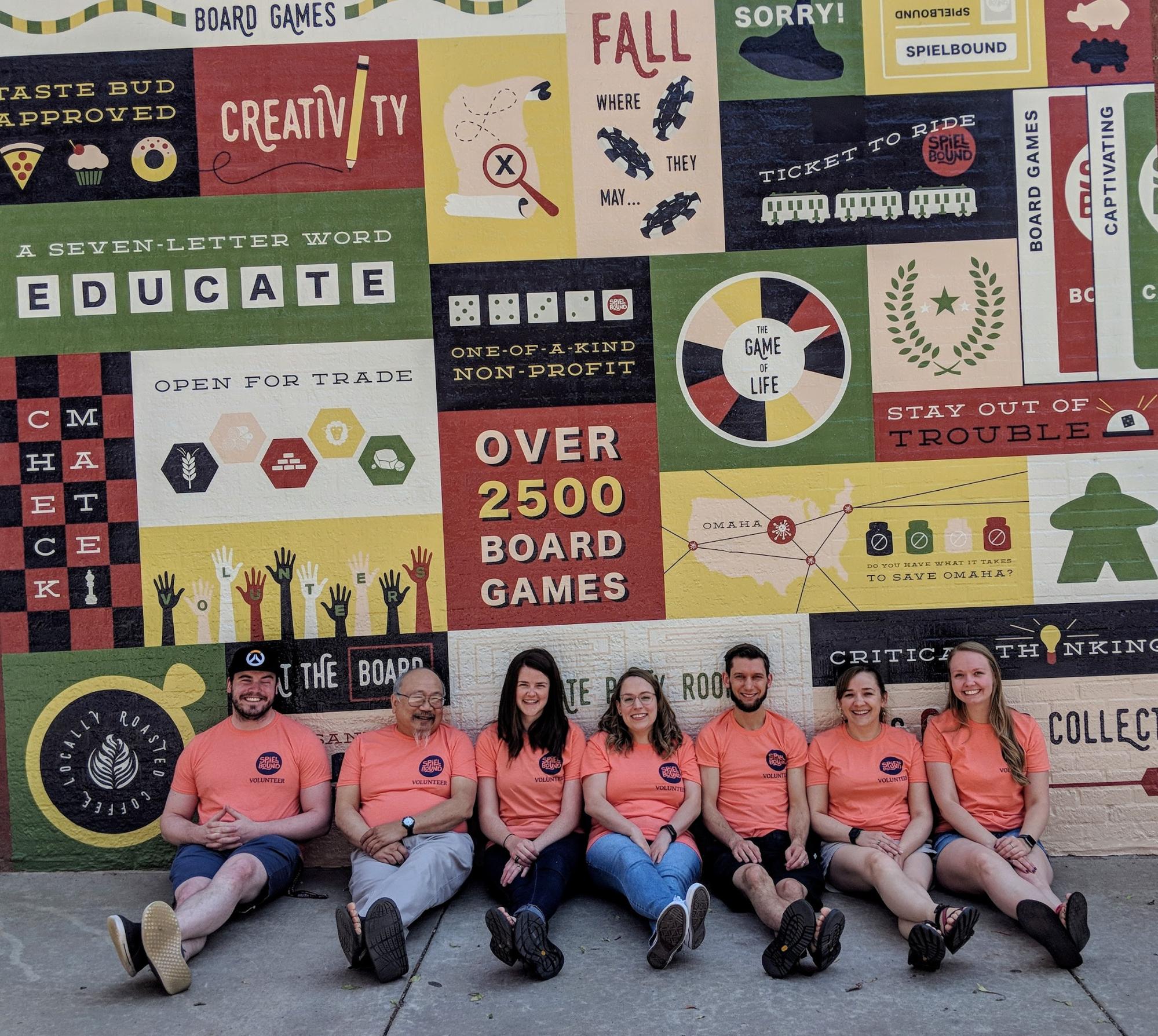
2019 has been an active and FUN year for Stay Sharp, and there’s still more to go!
Stay Sharp has held eight community outreach events since January, with six of those being at senior living communities. Since October 2018 Stay Sharp has grown in volunteer involvement which has allowed the group to branch out more in the greater Omaha area. Stay Sharp aims at developing community outreach opportunities that allow anyone of any age and ability to play games. Stay Sharp understands the physical, psychological and emotional aspects of gaming and would like everyone to experience the benefits of gaming. Stay Sharp has also provided several educational sessions to students, health care professionals, and older adults on the importance of playing games throughout the lifespan.
In March, Stay Sharp presented their poster at the Nebraska Occupational Therapy Association Conference, titled “Therapeutic Benefits of Geriatric Gaming”.
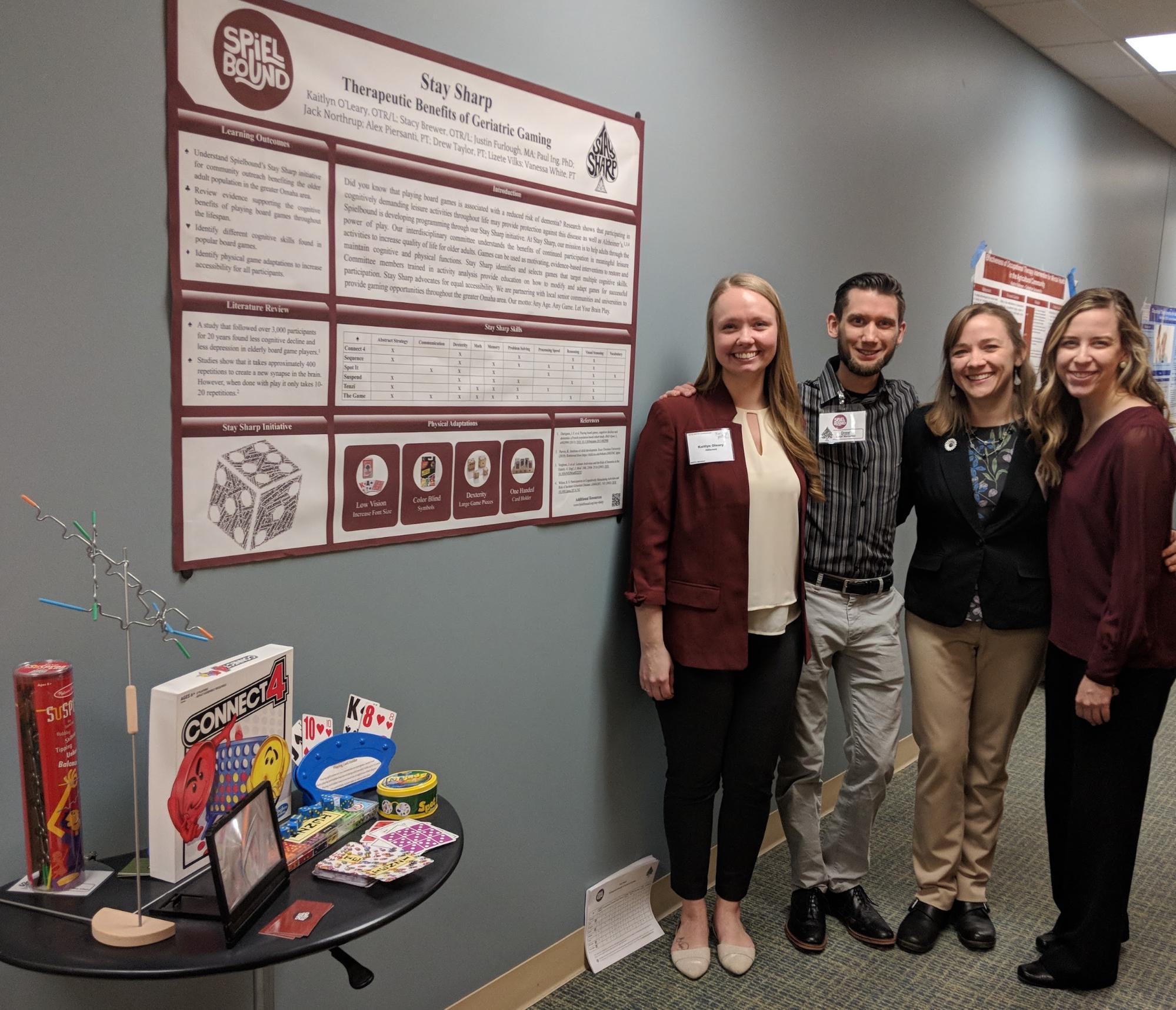
Next month we will be attending Protospiel to provide insights to game designers on how to adapt games to make sure they are universally accessible for any physical or cognitive deficits.
Stay Sharp is also focusing on acquiring more types of games that involve moving limbs or the whole body. As people age, they tend to become less active (CDC, 2019). Movement engages muscles, increases circulation, and increases heart rate (LaMothe, 2015). Stay Sharp has constructed a giant Kerplunk and frequently plays giant Connect Four at community events. Additionally, Stay Sharp has recently purchased a bean bag toss that will be added to the collection of “Stay Sharp Approved” games.
If you are interested in learning more or volunteering, feel free to email Kaitlyn at [email protected]
References
- Centers for Disease Control and Prevention. (2019). Adults need more physical activity. Retrieved from https://www-cdc-gov.cuhsl.creighton.edu/physicalactivity/inactivity-among-adults-50plus/index.html
- LaMothe, K. (2015). Exercise, movement, and the brain. Retrieved from https://www.psychologytoday.com/us/blog/what-body-knows/201511/exercise-movement-and-the-brain

